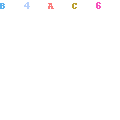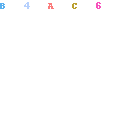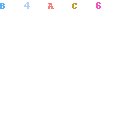The flower industry is one of the major growth markets in developing countries and this dynamic business is currently worth in excess of £100 billion annually. Floriculture at an industrial level began in England around the latter part of the 19th Century. Vast country estates grew flowers for the marketplace on a massive scale. These days, with hugely improved means of transportation, the production of flowers has shifted to countries with warmer climates and lower labour costs.
Countries that were traditionally associated with flower production such as The Netherlands have adapted accordingly, moving away from flower production, they now operate the most sophisticated flower trading centre in the world. Importantly, the Dutch still retain an important role in the development of floriculture genetics.
The main development areas for production of flowers are typically the Asian countries – cultivated exotic blooms can be cut and transported around the world in a matter of days.
Flowers in BaliFlowers are used daily by Balinese Hindus as symbolic offerings at temples and are neatly placed on small hand woven trays made from fresh coconut palm fronds. Flowers form significant offerings at Balinese funerals and are used extensively in hotels and spas throughout the Islands tourist resorts. Flowers are grown on farms in the cooler hill regions of the Island and sold at wholesale and public markets. Bali is not a large exporter of flowers.
Hotel flowers in Bali are simple and eye catching and usually consist of floating blooms that are changed daily. The flowers are usually grown on location at each hotel.



